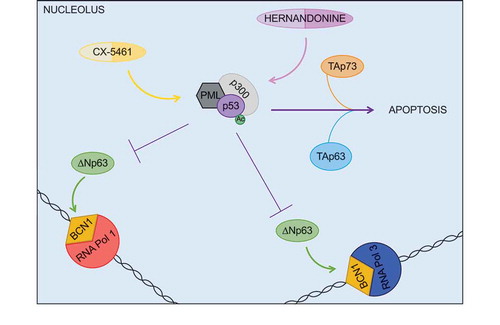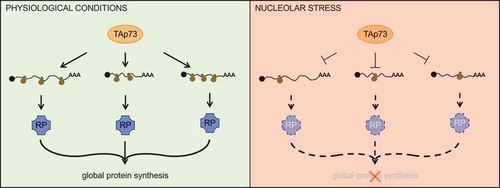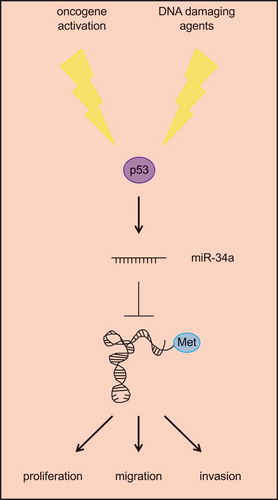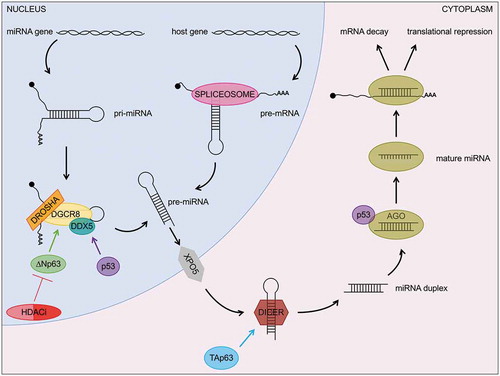Figures & data
Table 1. Connections between miRNAs and the p53 family.
Table 2. Connections between lncRNAs and the p53 family.
Table 3. Connections between circRNAs and the p53 family.




